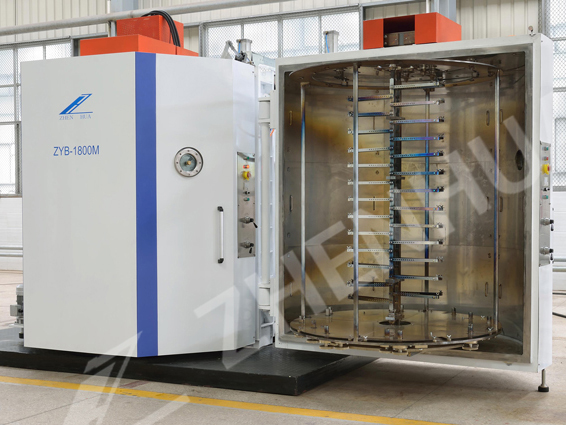1. The vacuum evaporation coating process includes the evaporation of film materials, the transport of vapor atoms in high vacuum, and the process of nucleation and growth of vapor atoms on the surface of the workpiece.
2. The deposition vacuum degree of vacuum evaporation coating is high, generally 10-510-3Pa. The free path of gas molecules is 1~10m order of magnitude, which is much greater than the distance from the evaporation source to the workpiece, this distance is called the evaporation distance, generally 300~800mm. The coating particles hardly collide with gas molecules and vapor atoms and reach the workpiece.
3. The vacuum evaporation coating layer is not wound plating, and the vapor atoms go straight to the workpiece under high vacuum. Only the side facing the evaporation source on the workpiece can obtain the film layer, and the side and back of the workpiece can hardly get the film layer, and the film layer has poor plating.
4. The energy of the particles of the vacuum evaporation coating layer is low, and the energy reaching the workpiece is the heat energy carried by the evaporation. Since the workpiece is not biased during vacuum evaporation coating, the metal atoms only rely on the heat of vaporization during evaporation, the evaporation temperature is 1000~2000 °C, and the energy carried is equivalent to 0.1~0.2eV, so the energy of the film particles is low, the bonding force between the film layer and the matrix is small, and it is difficult to form a compound coating.
5. The vacuum evaporation coating layer has a fine structure. The vacuum evaporation plating process is formed under high vacuum, and the film particles in the vapor are basically atomic scale, forming a fine core on the surface of the workpiece.
Post time: Jun-14-2023


